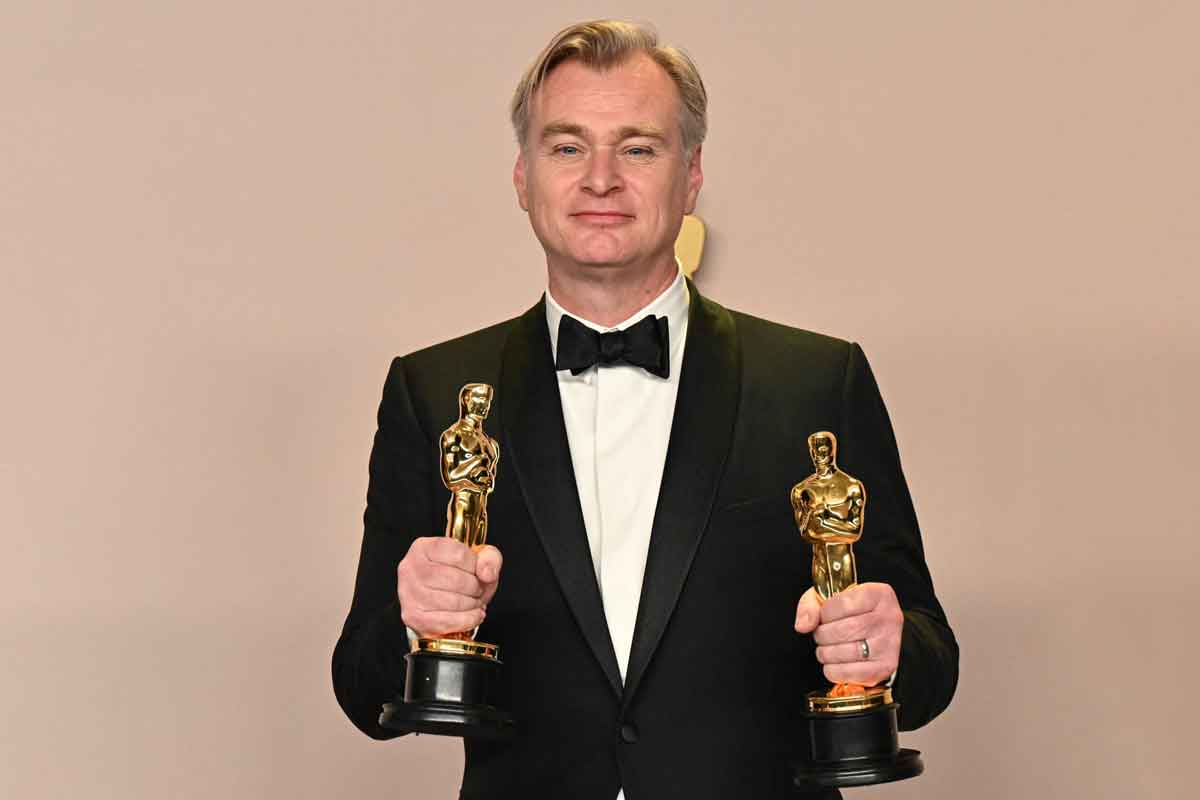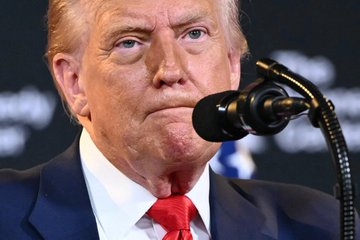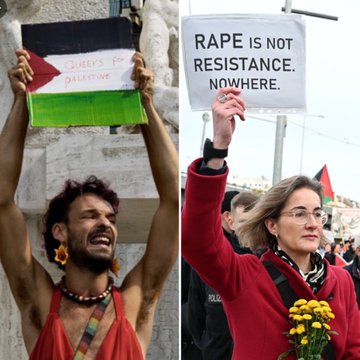Trump and Putin: AI Conversation
The Complex and Controversial Relationship of Donald Trump and Vladimir Putin
The relationship between President Donald Trump and Russian President Vladimir Putin has been one of the most scrutinized and debated in modern international politics.
A History of Mutual Admiration and Shifting Narratives
Even before Donald Trump’s foray into presidential politics, a narrative of mutual respect was publicly cultivated. In the years leading up to his 2016 campaign, Trump made several positive remarks about Putin’s leadership, often contrasting it with what he perceived as weakness in American governance.
This public admiration continued and intensified during Trump’s first presidential campaign and subsequent term in office. Trump frequently expressed a desire for a better relationship with Russia and often downplayed the findings of U.S. intelligence agencies regarding Russian interference in the 2016 election.
High-Stakes Summits and Geopolitical Maneuvering
The Trump-Putin relationship has been punctuated by a series of high-profile meetings that have been closely watched by the international community.
The Helsinki Summit (2018): This meeting is perhaps the most memorable for its joint press conference, during which Trump’s remarks about Russian election interference sparked a political firestorm in the United States.
The 2025 Alaska Summit: This more recent meeting, held in a dramatically different geopolitical context following the full-scale Russian invasion of Ukraine, was framed by the Trump administration as an effort to find a diplomatic off-ramp to the conflict. While no definitive agreement was reached, the summit underscored Trump’s continued belief in the power of personal diplomacy and his willingness to engage directly with Putin, a move that was both praised by some as a pragmatic effort for peace and criticized by others as a legitimization of Russian aggression. The outcomes of the summit were viewed as mixed, with no immediate ceasefire but an agreement to continue dialogue.
A Tale of Two Leaders: Contrasting Styles, Shared Traits
The dynamic between Trump and Putin is also a study in contrasting yet overlapping leadership styles. Both have cultivated an image of being strong, decisive leaders who prioritize national interests above all else. They share a populist appeal and a willingness to challenge established political norms and institutions.
However, their approaches differ significantly. Trump’s style is often characterized as bombastic, transactional, and driven by instinct, while Putin is seen as a more calculated and strategic operator, deeply versed in the intricacies of geopolitics and intelligence.
Geopolitical Implications and Enduring Questions
The Trump-Putin relationship has had a profound impact on the global stage. It has sown division within the NATO alliance, with some European leaders expressing concern over the reliability of the United States as a partner.
Key areas of geopolitical impact include:
-
NATO and Transatlantic Relations: Trump’s frequent criticism of NATO and his perceived warmth towards Putin created uncertainty and anxiety among traditional U.S. allies.
10 -
The Conflict in Ukraine: The nature of the Trump-Putin dynamic has been a critical factor in the international response to the war in Ukraine, with Trump’s approach to the conflict often diverging from that of his European counterparts.
-
Arms Control: Discussions on the future of nuclear arms control treaties, such as New START, were a recurring feature of their interactions, with both sides expressing a desire to avoid a new arms race, though concrete progress has been elusive.
11 -
Global Perceptions: The relationship has been a focal point of international media coverage and analysis, shaping global perceptions of both the United States and Russia and contributing to a sense of unpredictability in international affairs.
In conclusion, the relationship between Donald Trump and Vladimir Putin is a multifaceted and consequential one. It is a story of two powerful leaders who, despite their different backgrounds and political systems, have found a degree of common ground and mutual respect. Their interactions have challenged the post-Cold War international order and have left a legacy of controversy, debate, and uncertainty that continues to shape global politics.
–
Trump’s attempts to push Putin toward peace are proving to be a farce. It seems the US President is now beginning to fully realize that his only viable option is to arm Ukraine.
–
–
-
Current News Review Links – from The News and Times
- Michael Novakhov on X: “Current News Review Links https://t.co/r7qfUdfY6U https://t.co/ax2NCxmJFR” / X
- Posts Review – The News And Times – thenewsandtimes.blogspot.com/feeds/posts/default
- All News – Current News Review
- Articles and Tweets – Current News Review
- Collections
- Blogs
- Audio News Review
- Video News Review
- Video – YouTube Searches
- Michael Novakhov on X: “Video – YouTube Searches https://t.co/8w7s5FHDNB https://t.co/Q7dXr1fycV” / X
- Security and Intelligence News Review
- Russia and Ukraine News Review
- South Caucasus
- Brooklyn, N.Y. News
- FBI News
- FBI Videos and Playlist
-
Sites
-
Selected AI Conversations



